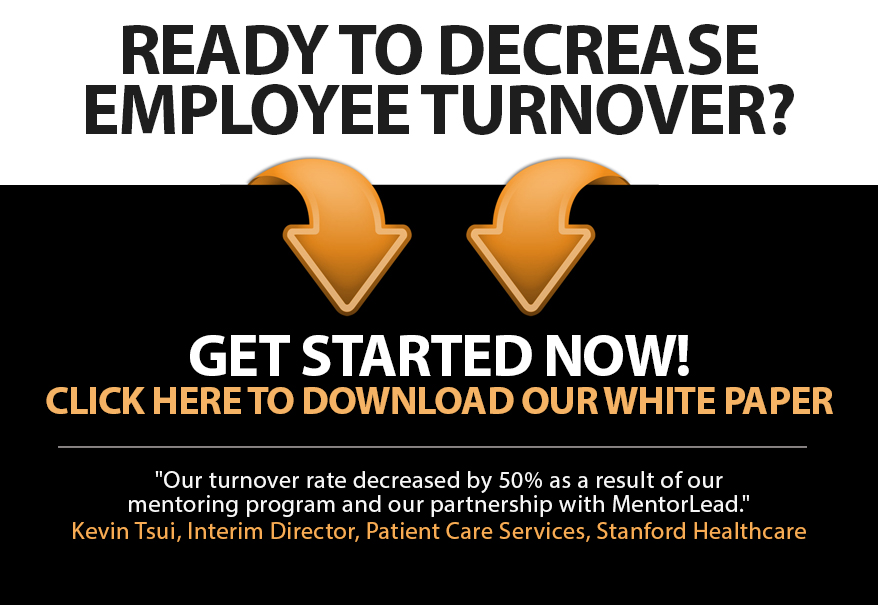
Do Less, Obsess More (just ask Mark Cuban)
Shin Lin, the magician who won America’s Got Talent this year, so perfected his craft that he made me believe in magic.
It was extreme dedication on display… an obsession with extraordinary results.
When UC Berkeley professor Morton Hansen extensively researched the behaviors of top performers, he discovered that they:
- have fewer goals, and
- obsess like crazy over them
In other words, less volume, more intensity.
How?
- Get super clear about what’s important.
Have a conversation with your boss, an exploration with a mentor, some reflection on what is essential to your job, your career goals, and your life. - Edit the unnecessary.
What distractions, tasks, errands, projects, or clutter can be delegated, decreased, or eliminated? (ex: watching television, manually paying bills, constantly checking social media) - Intensify the efforts.
Obsess over creating extraordinary results in spite of circumstances.
Professional athletes are obsessed with their sport.
Rock stars are obsessed with their music.
Activists are obsessed with their cause.
When I look at my most high-performing times and my most game-changing accomplishments, they’ve come on the heels of an obsession.
- When I’m obsessed about writing a book, I rearrange my life to write daily.
- When I’m obsessed about a cycling adventure, I pedal every morning… even when it’s cold and dark.
But when I’m unclear about what’s important, I’m not obsessed with creating extraordinary results. Instead, I’m scattered, rapt with excuses:I’m busy. I’m tired. I’m disorganized. The weather. The traffic. Computer issues…blah blah blah…
On Shark Tank, Mark Cuban refused to invest in an entrepreneur who appeared resigned to her circumstances. He said, “I can’t see writing a check for somebody who finds the excuse rather than finds the opportunity. I’m out.”
The question is… would Mark Cuban invest in you today?
![]()






